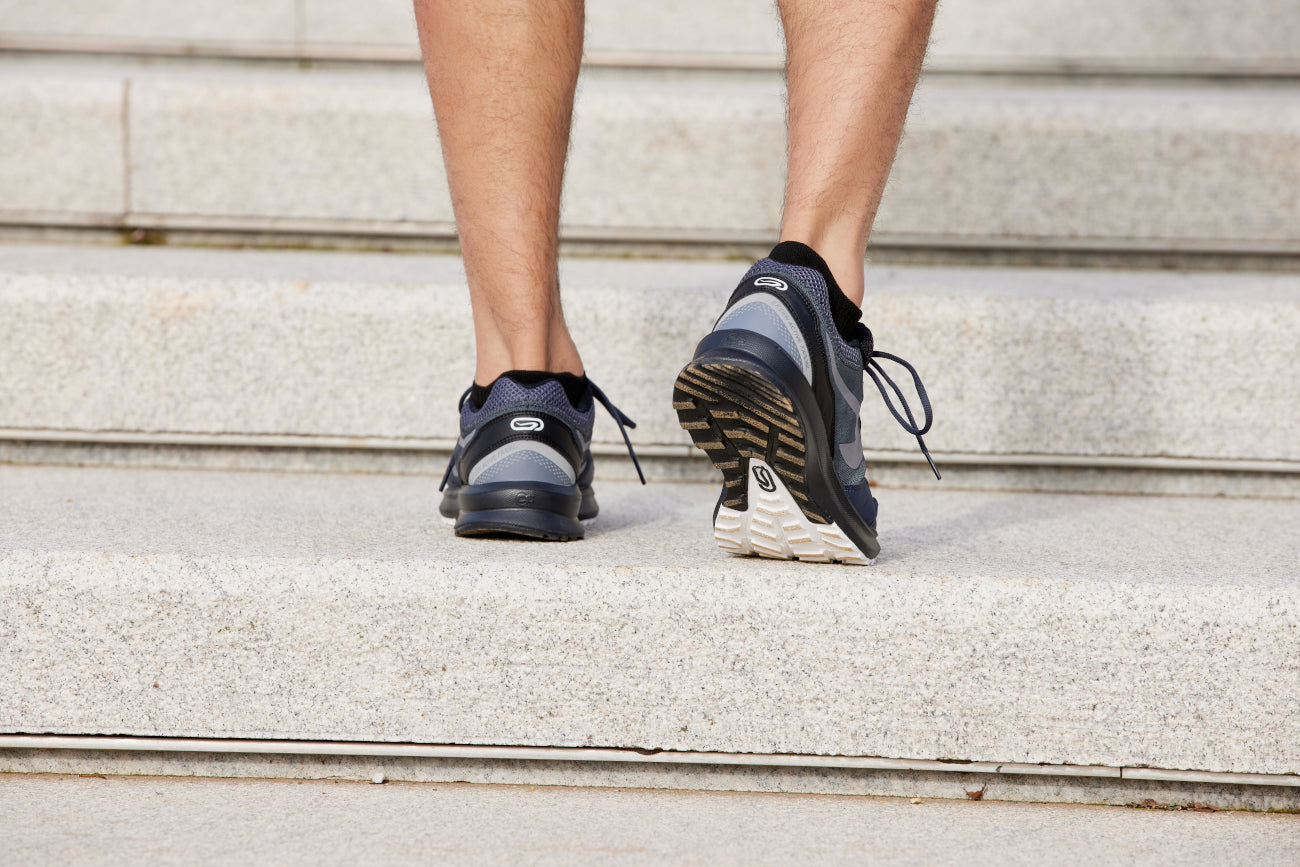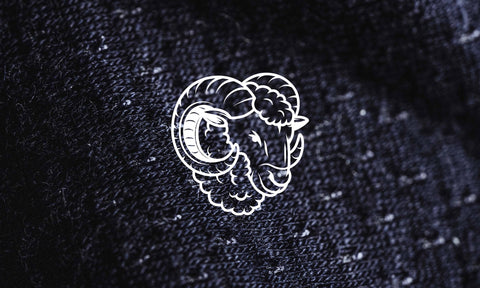Our Kalenji Active Jogging Shoes feature added comfort and cushioning
What are shin splints and what causes them?
Shin splints are are inflammation of muscles, tendons, and bone around your shin bone (tibia). Shin splints typically occur in runners and dancers, especially in athletes who have recently increased the intensity of their training routines that incrases the stress put on muscles, tendons, and bone tissue.
If you develop shin splints, chances are you're overusing the associated muscles. High impact and repetitive exercises often cause shin splints, especially ones that involve frequent starting and stopping. Flat feet or rigid arches, working out on hard surfaces, and not wearing the proper shoes with proper support all increase the likelihood of developing shin splints.
Symptoms
Symptoms of shin splints includes pain in one or both legs, particularly a dull pain or ache in the front of your shin. Pain increases when pushing on the shin. The pain worsens during or after exercise and begins to alleviate with rest. In severe cases they may hurt even without any sort of movement. You may experience tenderness and soreness along the inner side of your shin bone as well.
Prevention
Avoid overdoing it! Shin splints typically develop because of overuse and overexercising. You may want to take a long break and then slowly graduate to the same level of exercise you were doing when you developed the pain.
You can also prevent shin splints by correcting your stride. You may want to conduct an analysis of the way your foot strikes the ground and make adjustments to the way you run. In some cases, you may be running incorrectly and changing your stride will alleviate or completely get rid of your shin splints.
Ensure you have the appropriate shoes and insoles if you have an atypical or abnormal arch. Avoid running on hard surfaces. You may also want to stretch your muscles before exercise to prepare them and after exercise to help them recover.
Treatment
Start treatment by taking a break from the activity that caused your shin splints. Walking is ok but do not overdo it (that's how you got here in the first place)!
Perform a calf stretch
With your hands against a wall or on the back of chair, put one foot behind you with the heel down and the leg straight. The front leg should be bent until you feel a stretch in the calf. Make sure both your feet are flat and pointed straight ahead. Hold for at least 30 seconds, switch legs, and repeat
Perform an Achilles tendon stretch
Place the ball of one foot on the edge of an elevated surface (like a step, curb, or very thick book). Allow the heel to hang off the edge until you feel a stretch. Hold for at least 30 seconds, switch feet, and repeat
Perform an Tibialis Anterior stretch
On a mat, sit on your feet with your toes pointed slightly inwards. Place your hands on the floor in front of you, lean forward and raise yourself slightly, making sure to rest on your toes. Hold for at least 15 seconds (up to 30 seconds).











